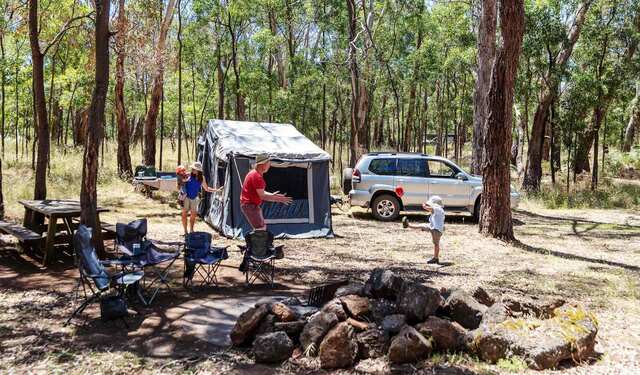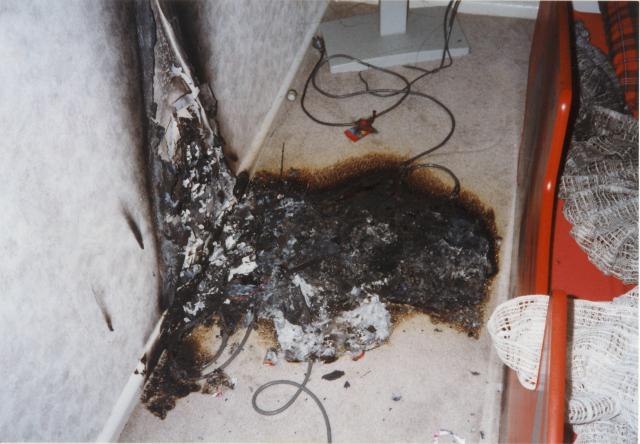A new report from Victoria University’s (VU) Mitchell Institute shows that a quarter of children in the electorate of Gorton begin school developmentally vulnerable, ranking it the fourth worst in the state.
The data indicated 25.6 per cent of children in Gorton were considered developmentally vulnerable while the electorate of Calwell in the north west was the worst at 32 per cent.
Co-author of the study Hannah Matthews said developmentally vulnerable assessments are done every three years and are based on a particular set of factors.
“They look at things like physical health and well-being, social competence, emotional maturity, language and cognitive skills, communication skills and general knowledge,” she said.
VU’s Mitchell Institute education policy lead and author Dr Peter Hurley found a trend linking electorates with high rates of developmentally vulnerable children and a shortage of childcare places.
“While evidence shows early learning can overcome disadvantages and assist children to ‘catch up’ before starting school, this analysis shows a trend towards lower availability of childcare in the electorates with the highest rates of child development vulnerability,” Dr Hurley said.
Gorton was in the ten Victorian electorates with the worst accessibility to childcare according to the VU data, with the number of children living in the area three times greater than available childcare places.
Gorton MP Brendan O’Connor said childcare access and affordability needed to be tackled by reducing the cost of child care.
“Many parents want to go back to work or do more hours but are finding they actually lose money in child care costs if they work more hours to help pay the bills,” Mr O’Connor said.
“This is neither fair nor sensible and is contributing to the developmental vulnerabilities and the lack of provision among vulnerable families,
“The disparate nature of services scattered across departments is a problem that stems from a lack of coordination across government.”







